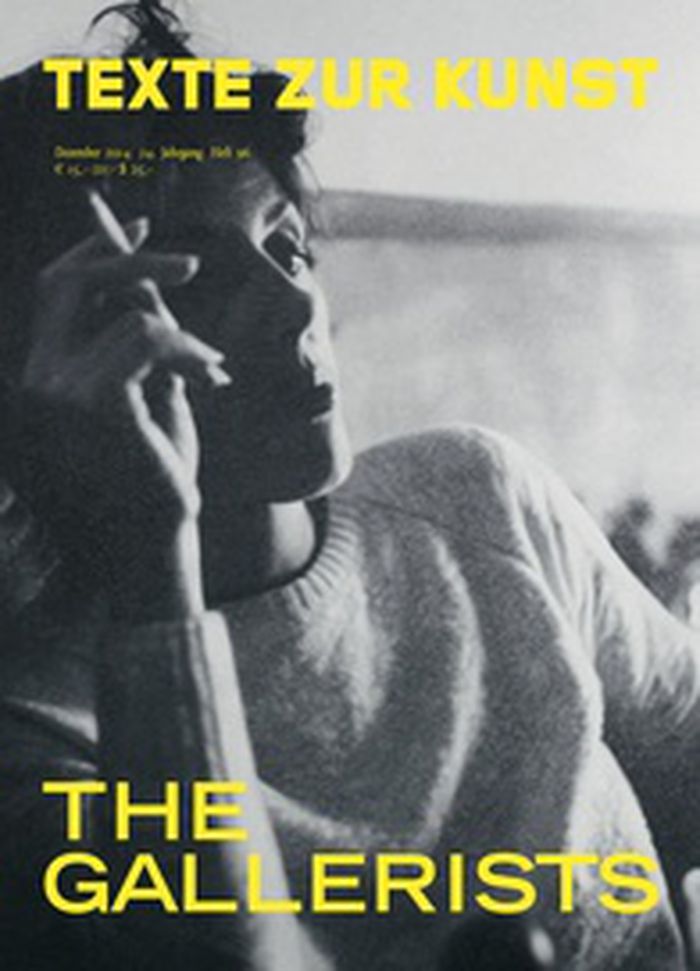journals and magazines
$35.00
(available to order)
Summary:
Exile and marginality, network availability, mass- versus subcultural identities, privilege, opting (versus dropping) out – these are elements this issue takes on. The fading of bohemia’s appeal is no doubt linked in part to a growing preference for the web’s promise of total-connectivity. Though could another factor be at work here too: an underlying sense that perhaps(...)
Texte zur Kunst 97: bohème/bohemia
Actions:
Price:
$35.00
(available to order)
Summary:
Exile and marginality, network availability, mass- versus subcultural identities, privilege, opting (versus dropping) out – these are elements this issue takes on. The fading of bohemia’s appeal is no doubt linked in part to a growing preference for the web’s promise of total-connectivity. Though could another factor be at work here too: an underlying sense that perhaps the real displacement and disenfranchisement after which romantic notions of “bohemia” were later formed may again be a very real threat?
journals and magazines
April 2015
Magazines
$35.00
(available to order)
Summary:
As gatekeeper to artistic production on the one hand and market valuation on the other, the gallerist, since the inception of the “dealer-critic” / “dealer-collector” systems, has occupied a decidedly privileged position within the artistic field. But in recent years, the demands of this profession have changed. Expected to maintain 24/7 communication, perpetual travel,(...)
Texte zur Kunst 96: the gallerists
Actions:
Price:
$35.00
(available to order)
Summary:
As gatekeeper to artistic production on the one hand and market valuation on the other, the gallerist, since the inception of the “dealer-critic” / “dealer-collector” systems, has occupied a decidedly privileged position within the artistic field. But in recent years, the demands of this profession have changed. Expected to maintain 24/7 communication, perpetual travel, and a constant presence at fairs, this art world protagonist has in turn, adapted their role to accommodate these pressures. In light of this, what, today, can we make of the “good” gallerist carefully establishing a stable of artists, “placing” their work over time in particular institutional and private collections? And if a market taking place independently of gallerists is indeed increasing, how then does this affect the established mechanisms of validation and canonization?
Magazines
